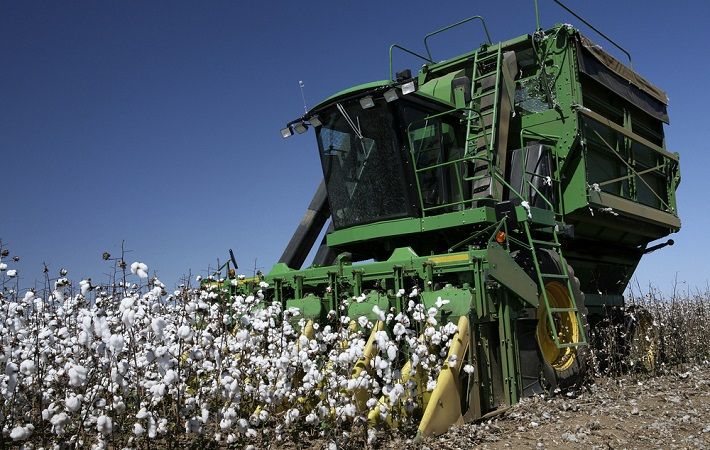Higher consumption, smaller production, and lower ending stocks, both in Brazil and in the world, are likely to underpin cotton quotes in early 2022, according to Sao Paulo-based CEPEA. In the off-season too, cotton prices in the Brazilian local market may continue firm and/or moving up as most of the 2020-21 crop has already been traded.
Brazil’s National Supply Company CONAB estimates cotton ending stocks in the 2020-21 season (in December 2021) at 1.37 million tons, and for the next crop (December 2022), at 1.26 million tons, the smallest since 2017-18 (1.02 million tons). “However, uncertainties about the purchasing power of the population and the price transfer to textile products lead companies to be cautious to purchase big amounts. These players also have their eyes on the pandemic and on the dollar fluctuation against real, mainly in this year of elections in Brazil,” CEPEA said in its latest fortnightly report on the Brazilian cotton market.
Considering the 2021-22 season, the production is expected to increase. Players surveyed by CEPEA say that, with more regular rains this season, sowing activities for the second cotton crop may take place in the desirable period, especially in soybean areas in Mato Grosso, the biggest cotton producing state in Brazil. However, players are concerned with high production costs due to the increase of fertiliser prices.
Higher consumption, smaller production, and lower ending stocks, both in Brazil and in the world, are likely to underpin cotton quotes in early 2022, according to Sao Paulo-based CEPEA. In the off-season too, cotton prices in the Brazilian local market may continue firm and/or moving up as most of the 2020-21 crop has already been traded.
CONAB expects Brazilian cotton production to total 2.7 million tons in the 2021-22 season, 11 per cent up compared to the previous and the third biggest in history. The planted area may increase 12 per cent to 1.542 million hectares, and productivity is likely to total 1,756 kilos per hectare (+1.5 per cent).
Fibre2Fashion News Desk (RKS)


:max_bytes(150000):strip_icc()/Health-GettyImages-1342980570-80531d9053c343799c89a6dbe9fcb768.jpg)


